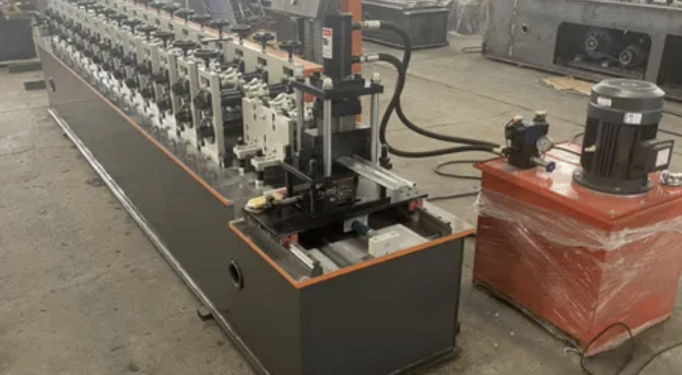France has a rich industrial history that reflects continuous adaptation and innovation, especially in manufacturing technologies like roll forming. Over the decades, roll forming technology has evolved, growing from a relatively simple process to one that incorporates sophisticated automation, precision, and versatility.
1. Early Beginnings: Roll Forming Enters French Manufacturing
- Post-War Industrialization: After World War II, French industries were eager to rebuild and modernize. Roll forming was initially introduced as a method to improve the efficiency of metalworking and to reduce waste.
- Basic Technology: In its early stages, roll forming technology was straightforward, mainly relying on manual operation with minimal automation. These machines were mainly used in sectors like construction, automotive, and small-scale manufacturing.
2. Expansion and Integration into French Industries (1960s-1980s)
- Rise of Automation: By the 1960s, French manufacturers began embracing automated roll forming lines. With automated feeding and cutting systems, these machines drastically improved production speed and reduced labor costs.
- Industry Applications: The automotive and construction industries were quick adopters, finding that roll forming could produce complex profiles at high volumes, ideal for manufacturing structural elements and automobile parts.
3. Technological Advancements and Digitalization (1990s-2000s)
- Precision and Customization: With the advent of computer numerical control (CNC) in the 1990s, roll forming machines in France gained precision and flexibility. CNC systems allowed for more intricate designs and customizable profiles, meeting the diverse demands of the French market.
- Growth in Construction and Renewable Energy: The demand for complex metal profiles increased as the construction sector grew and renewable energy projects took shape. Roll forming machines adapted to produce profiles for solar panel frames, insulation systems, and architectural applications.
4. Current Era: Industry 4.0 and Sustainable Manufacturing
- Smart Roll Forming Machines: With the rise of Industry 4.0, modern roll forming machines in France are equipped with IoT sensors, real-time monitoring, and predictive maintenance systems. This ensures higher uptime, better quality control, and reduced operational costs.
- Green Initiatives: Sustainability has become central to French manufacturing. Modern roll forming technology now emphasizes reduced energy consumption, material optimization, and recyclable components, aligning with France's environmental goals.
5. Impact on French Industries Today
- Automotive Industry: Roll forming remains essential for producing lightweight yet strong components, vital for electric vehicles, which are seeing increased demand in France.
- Renewable Energy: The solar energy sector relies on roll-formed steel frames for solar panels, and wind energy companies benefit from roll-formed parts that ensure durability and strength in harsh environmental conditions.
- Aerospace and Defense: In high-tech sectors, such as aerospace, roll forming provides precision and reliability for complex, custom metal components.
Conclusion
From simple machines to advanced automated lines, roll forming technology has shaped French manufacturing, providing industries with efficient solutions for large-scale production. As France continues its push towards sustainable and innovative industrial practices, roll forming technology remains a pivotal player, driving advancements and meeting new challenges across sectors.




